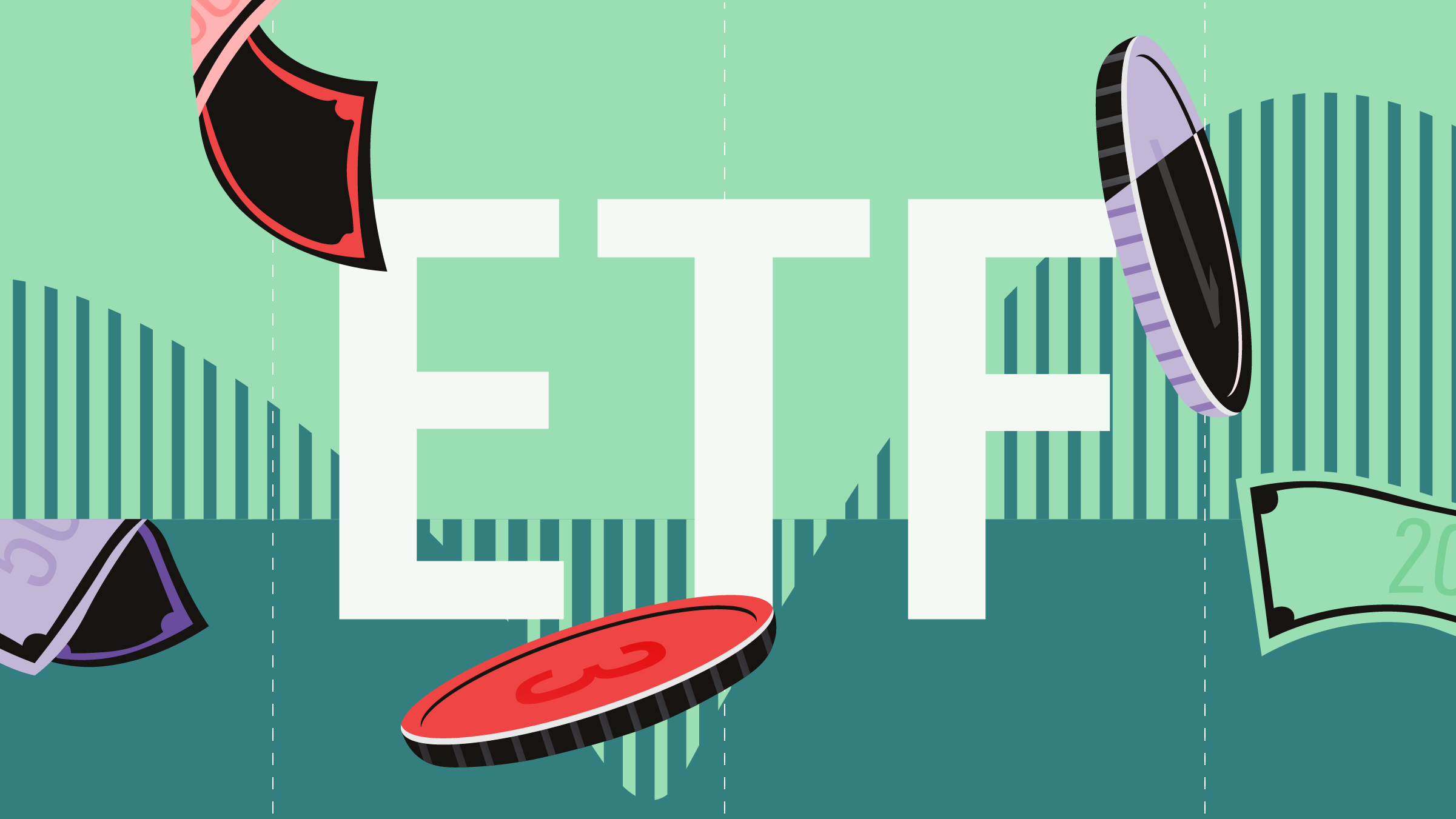Christopher Davis: It’s not just universal health insurance, bagged milk, and ketchup-flavoured potato chips that distinguishes Canada from its southern neighbour.
While investors south of the border have fled actively managed funds in recent years, Canadians have stuck with them. It’s true Canadian passive funds have enjoyed healthy growth thanks to ETFs, but actively managed funds continue to rake in far greater sums. While passive funds make up more than a third of U.S. assets, they account for just under 10% in Canada.
This difference would make sense if Canadian active managers were more successful in beating their market benchmarks. But that hasn’t been the case. In fact, less than 20% of Canadian equity funds in existence a decade ago went on to outperform the TSX Composite Index.
If anything, the case for indexing is stronger in the Canadian context. In part, Americans choose index funds to reduce costs. Expenses in the U.S. are already low by global standards. By contrast, Canadian fund fees rank among the planet’s highest. The benefits of switching to passive managers are much larger for Canadians than they are for Americans.
If that’s true, why haven’t index funds eaten active managers’ lunch? For one, Canadian asset managers have a lot more power over distribution than their U.S. counterparts. This market muscle keeps low-cost competitors at bay. It also gives fund companies more control over the kinds of funds they sell. Faced with the choice of selling active funds with high management fees and index funds with low management fees, you can guess which option they prefer.
Fund companies also stack the deck against index funds by paying advisors far larger commissions to sell active funds. The commission-based business model is on the decline, but historically fund companies paid advisors to sell more-costly funds. And fund companies have gotten what they’ve paid for.
Lastly, many advisors don’t put clients in cheap ETFs because they can’t. The MFDA, which is the self-regulatory body that oversees most Canadian advisers, still hasn’t formalized the educational standards advisers must master before selling ETFs despite having promised them since at least 2011. Canada launched the first ETF more than 25 years ago. It’s crazy most investors still can’t touch them.
This isn’t to say passive management is the right choice for every portfolio, or that active management isn’t ever worthwhile. But we think active managers must do more than give investors index-like portfolios at high costs.
While we should continue to love our health care system and ketchup-flavoured potato chips, we’d do well by joining our southern neighbours’ exodus from high-cost active managers.

















